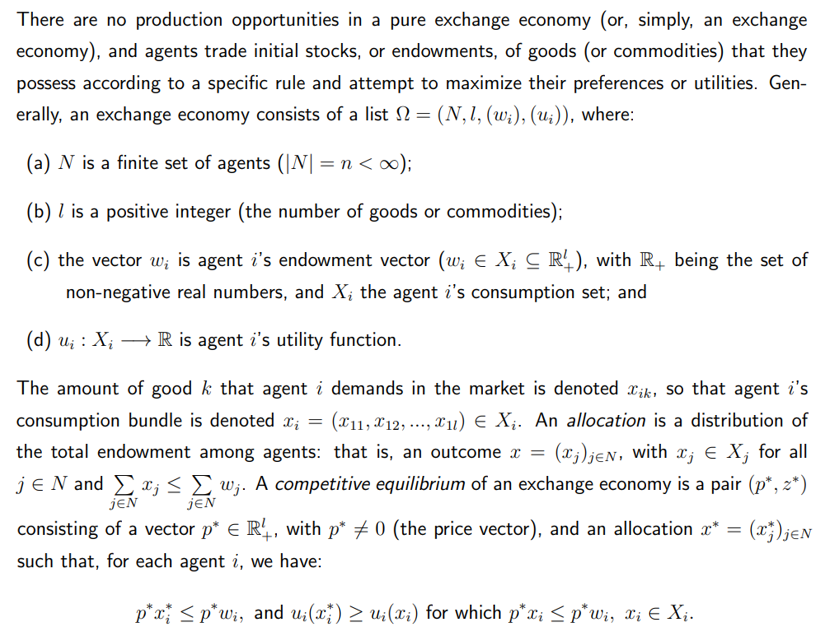In brief
- Researchers found $40 million in “risk-free” profits from mispriced markets on Polymarket in one year.
- Prices on some markets didn’t add up to 100%, letting traders lock in guaranteed gains.
- The same inefficiencies likely exist on other platforms like Myriad and Kalshi, though arbitrageurs help correct them.
A new academic paper suggests there’s been a steady stream of “free money” lying around on Polymarket—and smart traders have been scooping it up.
The paper, Unravelling the Probabilistic Forest: Arbitrage in Prediction Markets, is the most detailed look yet at how mispricing creeps into crypto’s most popular prediction platform. The researchers combed through a year of data, from April 2024 to April 2025, and found thousands of instances where market prices simply didn’t add up.
In some cases, the prices of “Yes” and “No” shares in a single market didn’t sum to one dollar as they theoretically should, creating a risk-free profit for anyone quick enough to pounce.
In other cases, the mispricing was more subtle, involving logically related markets. For example, a market on “Trump wins the presidency” might trade at very different odds than “Republican wins the presidency,” even though those outcomes are tightly linked. By buying and selling combinations of these contracts, a savvy trader could lock in a profit no matter what happens.
The researchers estimate more than $40 million in profits have already been pulled from the system by arbitrageurs, traders who specialize in sniffing out and exploiting these kinds of inconsistencies. Far from being a theoretical curiosity, this is a live and lucrative business model.
Is this pattern true across all prediction markets?
What’s striking is how common these opportunities are. The study found more than 7,000 markets with measurable mispricing, many in highly liquid, closely watched contracts.
“Prediction markets are often treated as if they represent the collective intelligence of the crowd,” the authors write. “But our results show they can deviate significantly from probabilistic consistency, even in markets with substantial trading activity.”
It raises a broader question: Is this just Polymarket, or is it prediction markets in general? The answer is probably both.
Any exchange that allows continuous, peer-to-peer trading of outcome tokens—whether on crypto rails like Polymarket and Decrypt‘s sister site, Myriad, or in regulated venues like Kalshi—is subject to the same structural forces. Liquidity can be fragmented across multiple related markets, traders can miss obvious relationships, and prices can temporarily drift apart.
In traditional finance, such inefficiencies tend to get arbitraged away quickly by algorithmic market-makers. The same is now happening in prediction markets. Sophisticated players, often running bots, monitor dozens of markets simultaneously, ready to deploy capital when they spot an inconsistency. Their activity helps bring prices back in line—but not before they’ve taken their cut.
The implications are double-edged. On the one hand, arbitrage makes prediction markets more efficient over time, which is good for ordinary users who rely on these prices as crowd-sourced forecasts. On the other, it underscores that prediction markets are not perfect crystal balls—at least not instantly. For a few minutes or hours, they can be “wrong,” sometimes wildly so, and the profit motive is what ultimately fixes them.
For casual bettors, the lesson is simple: The numbers you see on your favorite market may not always reflect pure probability, especially in the heat of trading or across overlapping questions. For professional traders, the message is even clearer: There’s still money on the table, and the race to find it is far from over.
Daily Debrief Newsletter
Start every day with the top news stories right now, plus original features, a podcast, videos and more.
Source: https://decrypt.co/339958/40-million-free-money-glitch-crypto-prediction-markets


